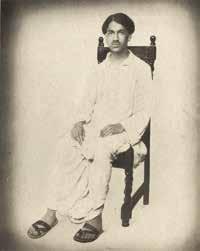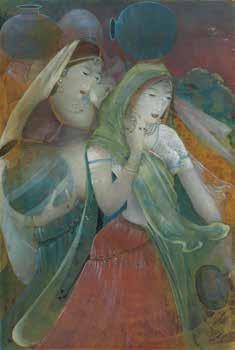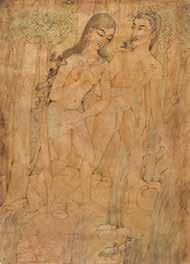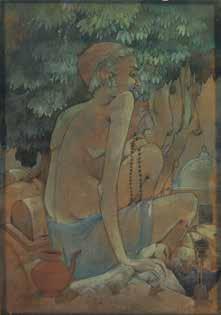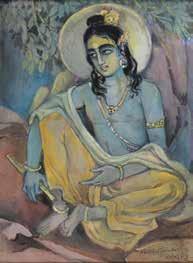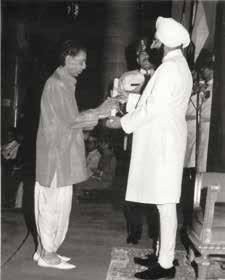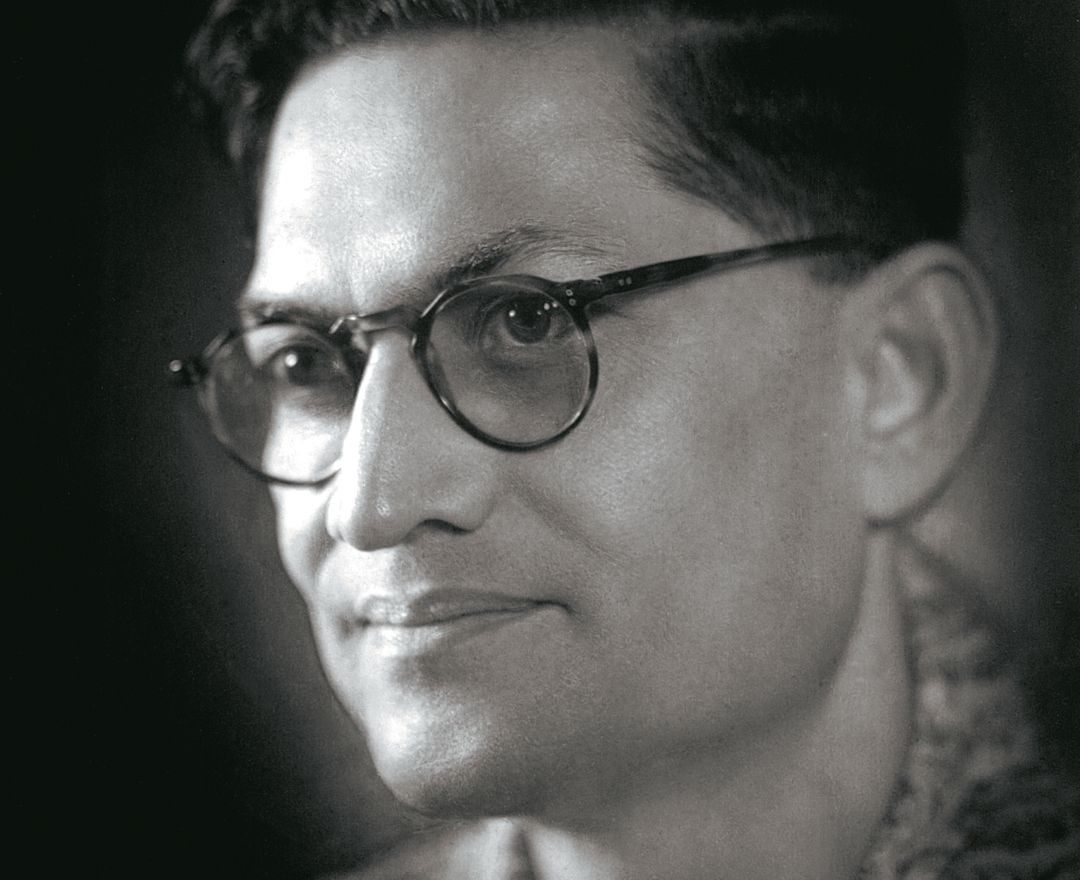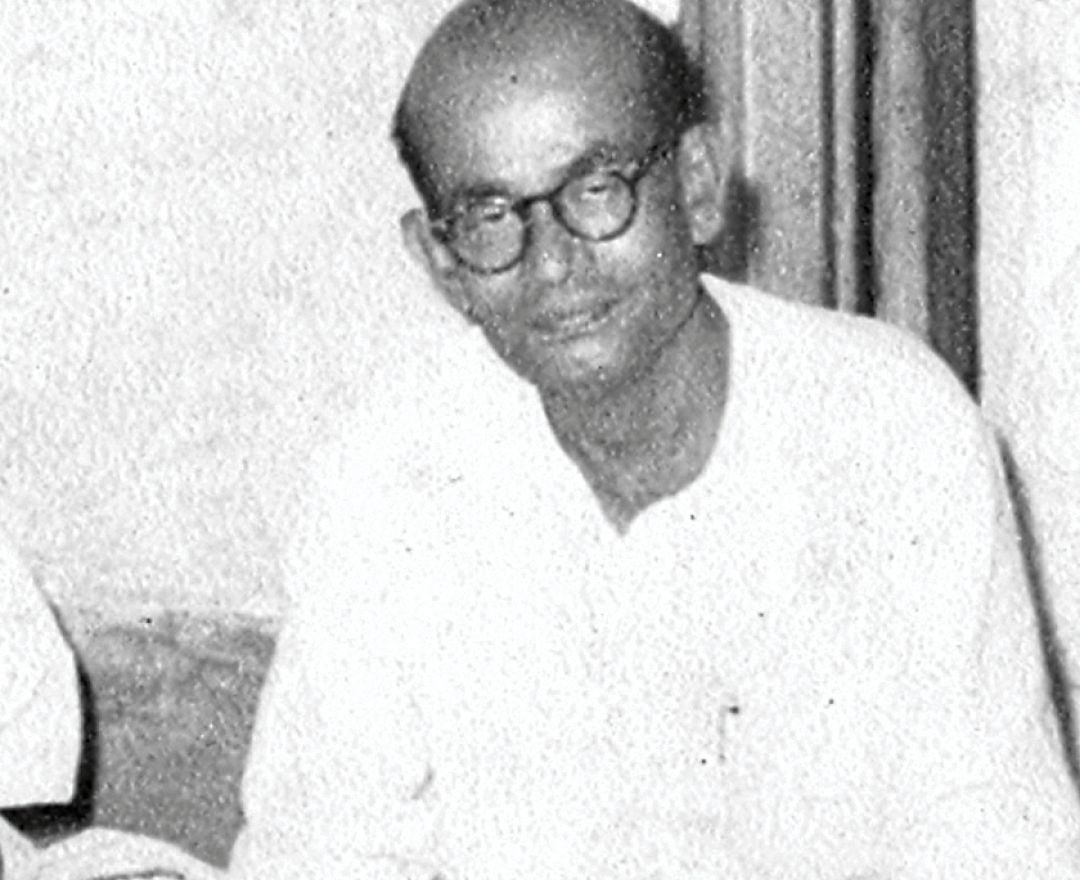Ramgopal Vijaivargiya
Ramgopal Vijaivargiya
Ramgopal Vijaivargiya
|
1905 - 2003 Ramgopal Vijaivargiya |
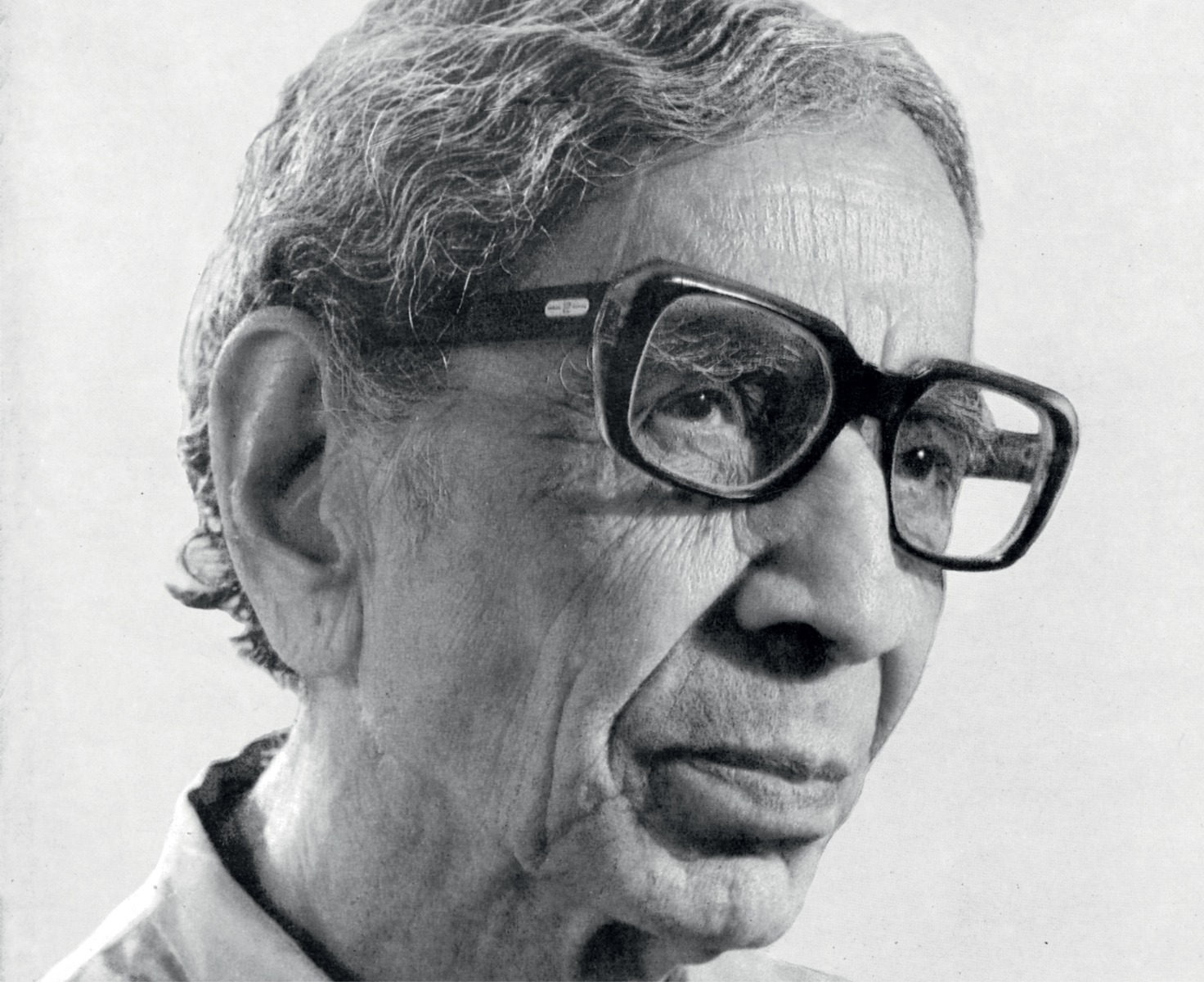
‘I consider art to be basically a visual phenomenon, that is, it only requires the eyes to appreciate it’
RAMGOPAL VIJAIVARGIYA
artist timeline
artworks
dag exhibitions
|
‘Manifestations VI: 20th Century Indian Art' |
|
DAG, New Delhi, 2011 |
|
‘The Art of Bengal’ |
|
DAG, New Delhi, 2012; Mumbai, 2014; New York, 2016 |
|
'‘Indian Divine: Gods & Goddesses In 19th And 20th Century' |
|
DAG, New Delhi and Mumbai, 2014 |
|
'Indian Blue: From Realism to Abstraction' |
|
DAG, New Delhi, 2021 |
|
'Iconic: Masterpieces of Indian Modern Art' |
|
DAG, Mumbai, 2022 |
notable collections
|
Allahabad Museum, Allahabad |
|
Baroda Museum, Vadodara |
|
Government Museum and Art Gallery, Chandigarh |
|
Maharaja Mansingh II Museum, Jaipur |






